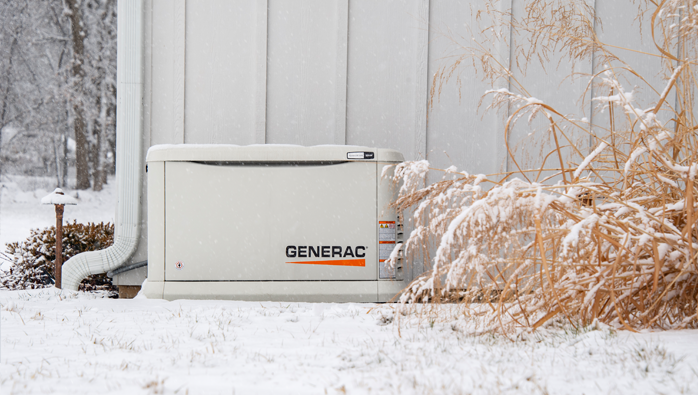 (NewsUSA)
(NewsUSA) - Cold weather is coming, and homeowners need to prepare now for potential power outages.
- Cold weather is coming, and homeowners need to prepare now for potential power outages.
According to NOAA's 2024-2025 Winter Outlook, a slow-developing La Nina is expected to impact winter weather conditions across most of the United States. Much of the Great Lakes and Pacific Northwest is expected to receive above-average precipitation, while the Pacific Northwest through the Great Plains are expected to receive below-average temperatures this winter. Both factors can potentially contribute to power outage events, as high precipitation can damage an aging power infrastructure, and cold weather can create greater demand on the electrical grid.
"Americans experienced an all-time high of 1.2 billion hours without power in the first nine months of the year, and we only expect that to continue to rise through the winter," said Kyle Raabe, president of Consumer Power for Generac. "As low temperatures and harsh conditions strain the country's electrical grids, winter power outage preparation has become more important than ever."
Power outages can be especially dangerous during winter weather and can have far-reaching consequences that affect nearly every aspect of modern living. Without electricity, homes are left without heating, refrigeration, and lighting. Power loss can lead to dangerous living conditions in colder climates, particularly for vulnerable populations such as the elderly or those with young children and even pets. For this reason, it's critical for homeowners to have an emergency plan.
Below are six essential steps to take when preparing for winter power outages:
- Identify your nearest warming centers, when they will open and, if applicable, which ones allow pets.
- If you use a fireplace or wood stove for heating, be sure to have your chimney or flue inspected annually ahead of cold weather.
- Build an emergency kit with essential components like food and water, first aid supplies, and any specialty needs for pets and children.
- Have relevant family and trusted contact information handy in a wallet or purse. Create a communication plan in case of an outage.
- Install carbon monoxide alarms on each level of your home and outside separate sleeping areas. Test alarms monthly and replace batteries as needed.
- Consider investing in a source of backup power, like a portable or home standby generator, to power critical loads during an outage.
In order to make outage preparation easy, Generac has created a Cold Weather Preparedness Guide, which contains an abundance of facts, tips, and checklists to help homeowners understand the potential impacts of winter weather on the power grid and prepare for blackouts. To access the guide and learn more about how to prepare for cold weather power outages, visit https://www.generac.com/prepare/winter-storm-guide.
